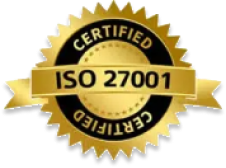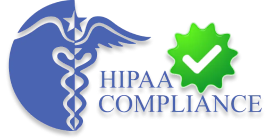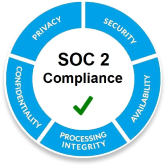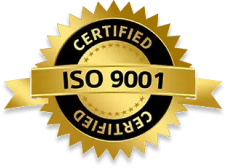Payment posting includes recording businesses need IT payments from various sources:
-
Insurance Companies
Payments are received from health insurance companies after processing claims submitted by healthcare providers.
-
Government Payers
Payments from government programs like Medicare and Medicaid for eligible services provided to beneficiaries.
-
Patients
Direct payments made by patients for services not covered by insurance or for co-payments, deductibles, and out-of-pocket expenses.
Addressing these challenges requires adopting efficient processes and technologies to ensure accurate and timely payment posting.
Process and Types of Payment Posting: Manual vs Automated
Manual Payment Posting
Process
Entered manually into billing systems.
Accuracy
Prone to human error and discrepancies.
Speed
Time-consuming, especially for large volumes.
Flexibility
Allows for manual adjustments and checks.
Cost
Potential higher labor costs and resource use.
Automated Payment Posting
Process
Automated software records and applies for payments
Accuracy
Reduces errors with automated data entry.
Speed
Faster processing times, especially for bulk payments.
Flexibility
Limited manual intervention, streamlined workflow.
Cost
Lower operational costs over time with reduced manual effort.
Why is Payment Posting Important for Healthcare Providers?
Payment posting plays an essential role in the healthcare revenue cycle management (RCM) process by ensuring that healthcare providers accurately record and apply payments received from patients and insurance companies.
Financial tracking allows providers to monitor revenue and assess their financial health by promptly recording payments. Account reconciliation helps in aligning payments with billed services, thereby minimizing discrepancies. Effective cash flow management is facilitated by knowing when payments are received and applied. Prompt payment posting enhances patient satisfaction by reducing inquiries and concerns about billing accuracy. Moreover, it ensures compliance with insurance company requirements for timely payment posting, thereby avoiding penalties.
Common Challenges in Payment Posting
Payment posting in healthcare faces several challenges:
Data Entry Errors
Mistakes in manual data entry lead to differences in financial records.
Payment Delays
Slow remittance advice or notifications from insurers delay payment processing.
Insurance Denials
Rejections or denials of claims require time-consuming resolution.
Complex Payment Scenarios
Managing multiple insurers or dual coverage complicates payment reconciliation.
Compliance Issues
Keeping up with regulatory changes adds complexity to payment posting.
Resource Constraints
Limited staffing and technology resources impact efficiency.
Addressing these challenges requires adopting efficient processes and technologies to ensure accurate and timely payment posting.
Why should best practices for effective Payment Posting be followed in RCM?
Implementing best practices in payment posting is important for optimizing revenue cycle management (RCM) in healthcare organizations. Efficient payment posting, achieved through automation and standardized workflows, significantly reduces processing times by up to 30%. This efficiency streamlines operations and enhances accuracy in financial records and billing processes, minimizing errors and ensuring compliance with regulatory standards.
Implementing best practices in payment posting is important for optimizing revenue cycle management (RCM) in healthcare organizations. Efficient payment posting, achieved through automation and standardized workflows, significantly reduces processing times by up to 30%. This efficiency streamlines operations and enhances accuracy in financial records and billing processes, minimizing errors and ensuring compliance with regulatory standards.
Conclusion
Healthcare providers must post payments to ensure timely reimbursement for delivered services and proper financial records. Implementing effective practices, whether manual or automated, helps minimize errors, reduce processing times, and optimize revenue cycle management. By prioritizing best practices in payment posting, healthcare organizations can enhance financial stability and focus more on delivering quality patient care.









